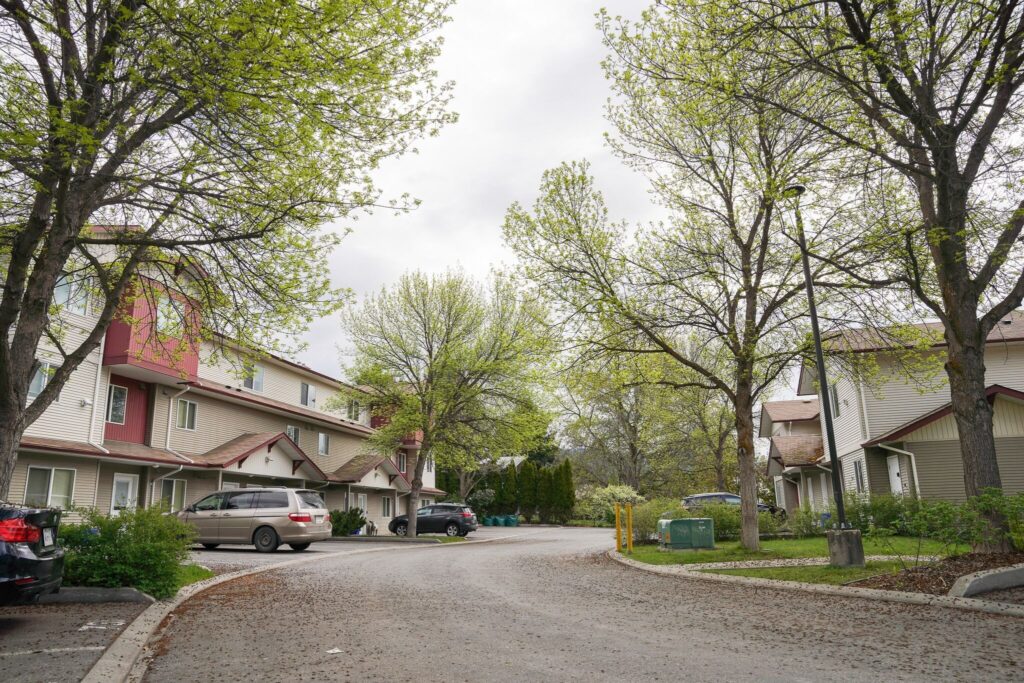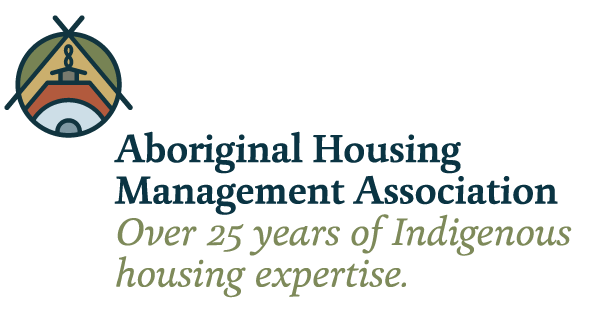
Gender-Based Violence Housing Strategy
Housing is inextricably linked to safety, and Indigenous women, girls and 2SLGBTQQIA+ people are overrepresented among victims of violence in Canada.
Recognizing that the epidemic of violence and housing instability are intertwined, AHMA is in the final stages of completing an Indigenous Gender-Based Violence Housing Strategy (GBV Housing Strategy).
The Facts
- The homicide rate for Indigenous women and girls was over six times higher in 2022 than for their non-Indigenous counterparts.
- Nearly one in five (46%) Indigenous women have experienced sexual assault.
- Indigenous women make up 16% of all female homicide victims, and 11% of missing women, yet Indigenous people make up only 4.3% of the population of Canada.
- 86% of Indigenous 2SLGBTQQIA+ people have experienced intimate partner violence in their lifetime.
While such violence against Indigenous women, girls and 2SLGBTQQIA+ people has been long documented and increasingly publicized in Canada, in many cases, it has not informed the planning of housing interventions. In response to the ongoing violence since the 2019 Reclaiming Power and Place: The National Inquiry into Missing and Murdered Indigenous Women and Girls, AHMA’s GBV Housing Strategy will provide a framework for governments and stakeholders to re-envision diverse housing solutions.
The Strategy
By working alongside the provincial committee of Indigenous housing providers, Elders, Knowledge Keepers, frontline support workers and Indigenous advocates, AHMA developed a holistic, culturally informed approach that embeds an intersectional and gendered lens.
The committee identified priority populations and risk factors that signal barriers to housing, and defined safe housing characteristics for a diverse range of housing programs that can support Indigenous women, girls and 2SLGBTQQIA+ people fleeing violence and/or at risk of violence.
The GBV Housing Strategy provides an opportunity to amplify community perspectives on diverse housing solutions to support Indigenous women, girls and 2SLGBTQQIA+ people.

